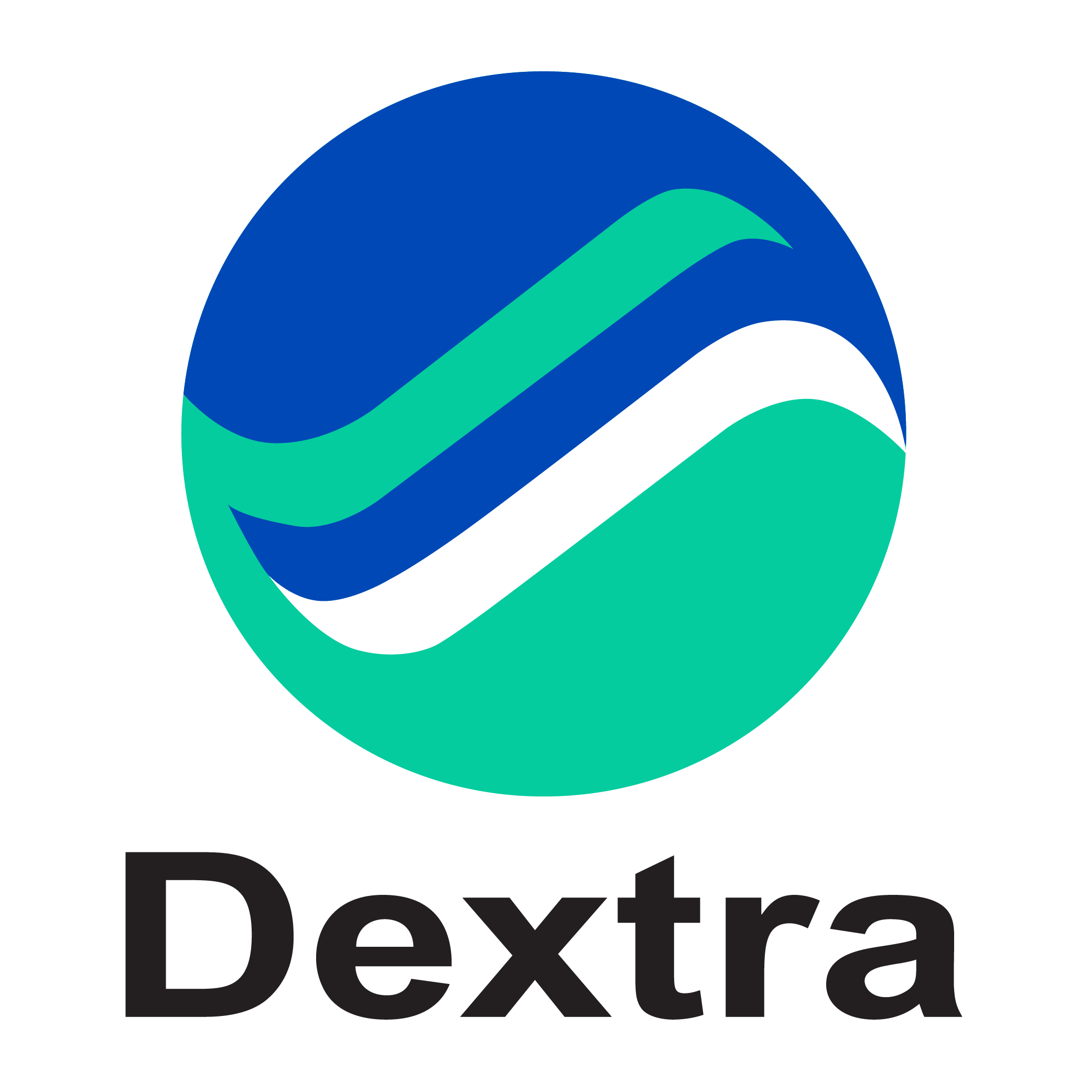Sungai Buloh-Serdang-Putrajaya (SSP) MRT Line
The Malaysian SSP Line is the second line of Klang Valley’s MRT System. The main purpose of this project is to provide a better railway infrastructure and transport system in order to serve Malaysia’s growing population.
Commuting through the heart of the Capital
The Malaysian SSP Line will connect Sungai Buloh to Putrajaya, running through the center of Kuala Lumpur and its suburbs. With its 35 stations, among which 11 will be providing connections to other lines, the SSP Line will allow commuters to transfer with ease to and from existing and planned rail lines.
The rail transit system involves the construction of more than 52 km: 13.5km of underground line and a 38.7km of elevated rail. Once operational, it is expected to have a ridership of 529,000 passengers per day.
Rebar couplers for D-wall and slab
For this large metro project, the contractor joint venture MMC-Gamuda has chosen Dextra’s popular rebar reinforcement solution Bartec, supported by 3 sets of bar-end high-productivity equipment. Approximatively 200,000 pieces have been delivered as of April 2018.
Dextra Bartec have been used for productivity reasons. Couplers were embedded in the diaphragm walls surrounding the underground stations, providing horizontal connection points at a later stage of the project. After excavation, couplers are used to connect bars and start the station’s slabs.
For more information about our solutions in Malaysia, please contact Dextra’s Kuala Lumpur office.













